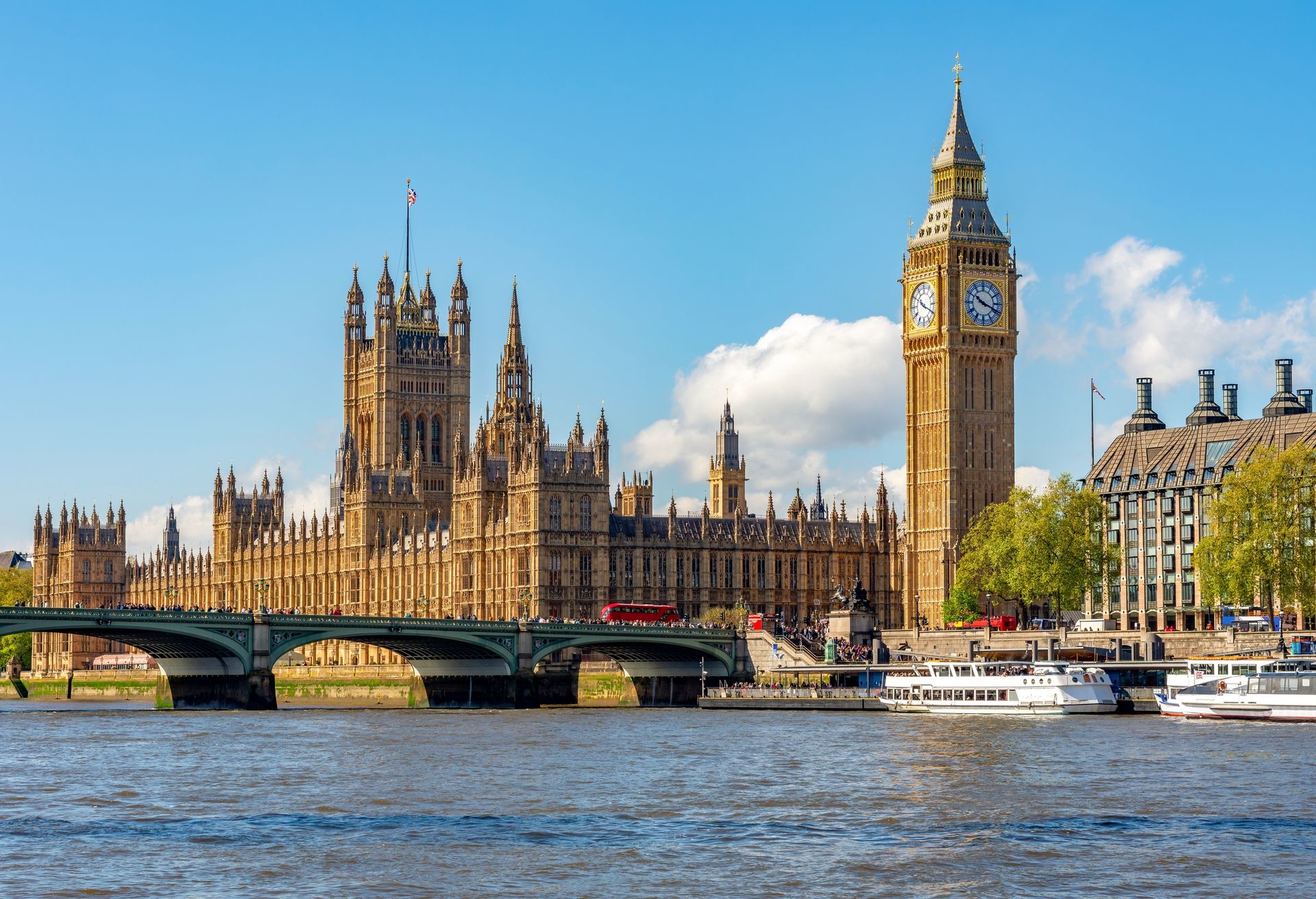The high price of privatisation

It is a number that continues to send shockwaves through the water sector: £85 billion. That is the estimated amount extracted from England’s water system by shareholders and affiliated entities since privatisation in 1989, according to the July 2025 Independent Water Commission report. More than three decades after the promise of a more efficient, better-funded water industry, the figure stands as a stark reminder of what many now see as a colossal policy failure.
This money, the report argues, represents a direct transfer of value from the public to private investors. Yet while dividends flowed and executive bonuses soared, the country’s water infrastructure deteriorated. Pipes burst with increasing frequency, leakage targets were missed year after year, and raw sewage polluted rivers and coastlines with alarming regularity.
So where did the £85 billion go, and what could have been done differently?
Dividends before drains
At the heart of the issue lies the dividend culture that has defined the privatised era of water in England. Between 1991 and 2023, the nine major English water companies paid out more than £72 billion in dividends. This money was not reinvested into infrastructure, resilience, or innovation. It was distributed to shareholders, often including foreign investment funds and pension schemes.
The Commission report notes that several companies structured themselves in complex ways, routing profits through offshore holding firms and leveraging debt to maximise returns. These financial manoeuvres, while legal, often obscured accountability and diverted capital from long-term maintenance and climate adaptation efforts.
In some cases, firms took on high levels of debt to finance dividend payments, creating what the report describes as “zombie utilities” — companies that exist more to service their own financial structures than to deliver a vital public service.
The cost of neglect
The consequences of this financial model have been painfully visible. England now loses an estimated 2.4 billion litres of water per day to leaks. Much of the network still relies on Victorian-era pipes. Investment in new reservoirs and infrastructure has lagged far behind what experts say is necessary to meet rising demand and climate challenges.
Meanwhile, storm overflows continue to release untreated sewage into waterways. In 2024 alone, there were more than 350,000 recorded discharges. The report points to chronic underinvestment in wastewater treatment works, many of which are operating well beyond their designed capacity.
This is not a case of unfortunate circumstance. It is the result of decisions made over decades to prioritise financial returns over operational integrity. In effect, the public has been asked to pay twice: once through their bills, and again through the environmental and health costs of inadequate service.
A political blind spot
Successive governments, regulators, and corporate boards share the blame. The report does not shy away from this uncomfortable truth. Ministers allowed a light-touch regulatory framework to persist, despite mounting evidence of its failings. Ofwat, tasked with ensuring companies deliver value for money and maintain infrastructure, failed to use its full enforcement powers until very recently.
Defra, the department ultimately responsible for water policy, is accused in the report of a lack of strategic oversight. In some cases, warnings from the Environment Agency and public watchdogs went unheeded. The Commission describes a culture of complacency and mutual accommodation between government and industry.
This environment allowed the financialisaton of water to flourish. The promise that privatisation would bring private capital into public infrastructure was not fulfilled. Instead, much of the capital deployed came from borrowing, often secured against the guaranteed income from customer bills. The public bore the risk, while private investors took the reward.

What if the money had been spent differently?
One of the most damning sections of the Commission report is a modelling exercise showing what could have been achieved had even half of the £85 billion been retained within the sector.
With £42.5 billion, England could have rebuilt large portions of its ageing pipe network, constructed several major new reservoirs, fully modernised sewage treatment infrastructure, and invested heavily in climate resilience measures such as natural flood defences and drought-proofing.
Instead, the country now faces a bill of up to £60 billion just to bring infrastructure up to a baseline level of service, according to estimates from industry and independent analysts. The public is once again being asked to foot the bill, through higher water charges and infrastructure levies.
Shifting the narrative
The public mood has shifted decisively. Polls conducted in the wake of the report’s release suggest that more than 70 percent of respondents support renationalisation or a radical overhaul of the regulatory regime. There is growing impatience with corporate apologies and promises of future action. People want to know why such a critical public utility was allowed to become a vehicle for private profit at the expense of national resilience.
Several campaign groups, including We Own It and River Action, have renewed their calls for a public ownership model. Others advocate a hybrid solution, where infrastructure remains in public hands while service contracts are competitively awarded. The debate is now a live one, and the Commission report has given it renewed urgency.
Accountability and reform
The Commission does not call for renationalisation directly. Instead, it recommends a suite of reforms designed to rebalance priorities. These include tighter regulation of dividends, mandatory reinvestment targets, stronger enforcement powers for Ofwat, and a more strategic role for central government in long-term planning.
Critically, the report calls for transparency. Every pound spent, borrowed, or distributed must be traceable and justifiable. Financial engineering should no longer be allowed to mask operational neglect. The goal, it says, must be a system that serves people and ecosystems first, not balance sheets.
Whether these reforms will be implemented remains to be seen. But one thing is clear: the days of quiet acquiescence are over. The £85 billion question is now at the centre of public debate, and the water companies, regulators, and politicians can no longer look the other way.
The reckoning has begun.




